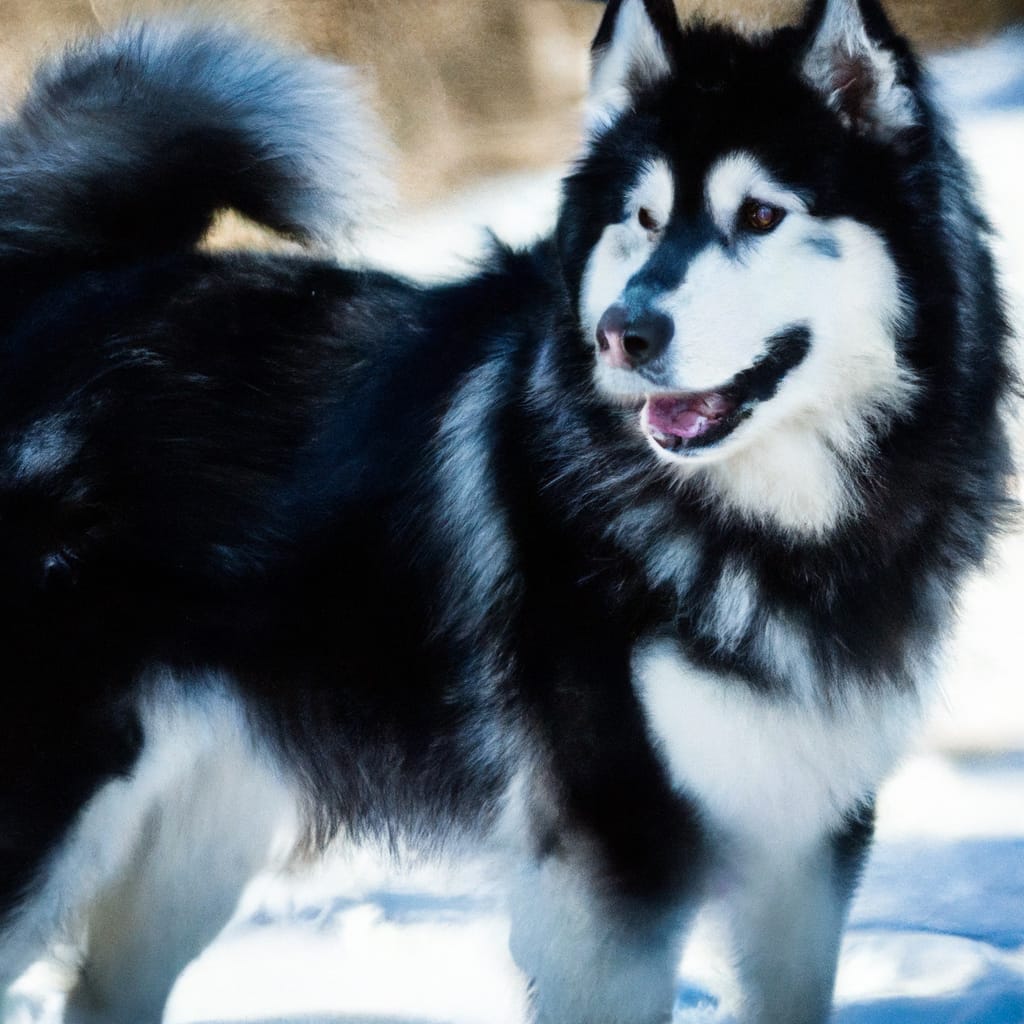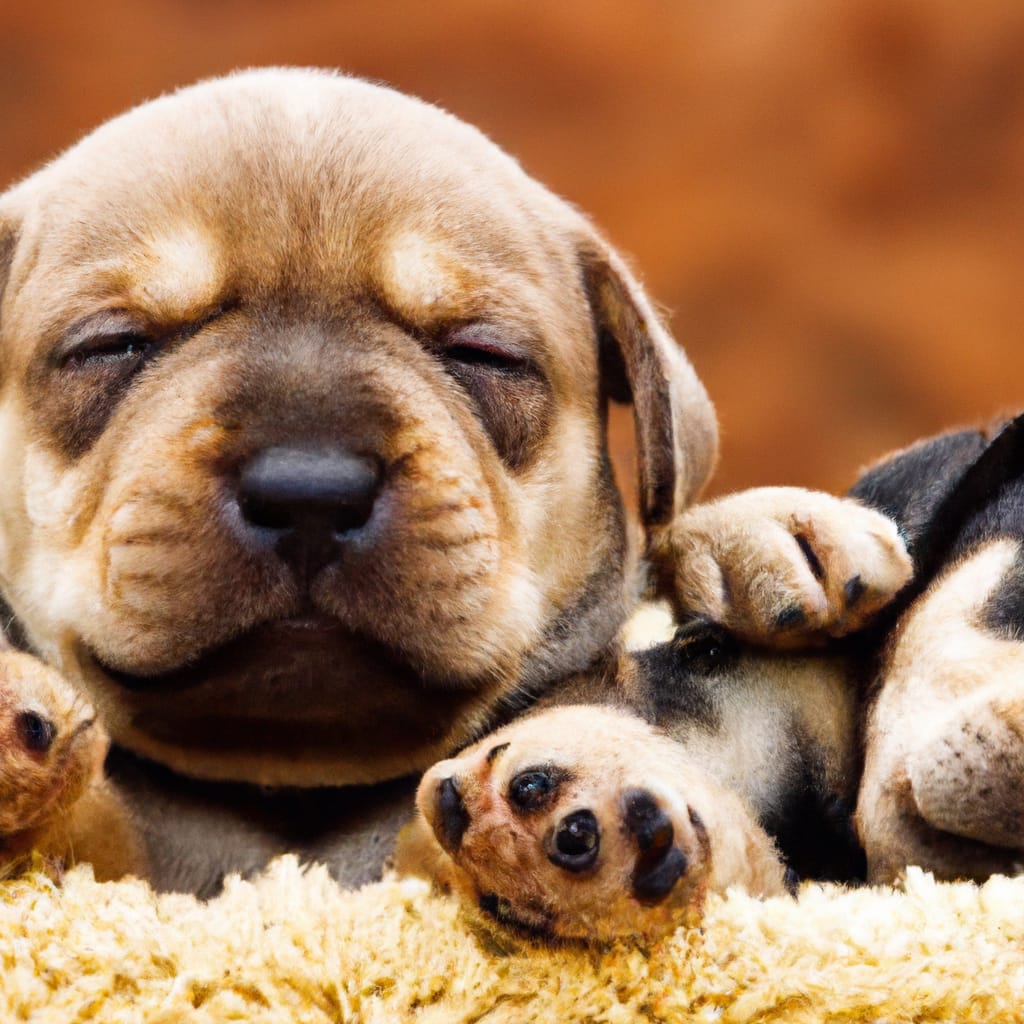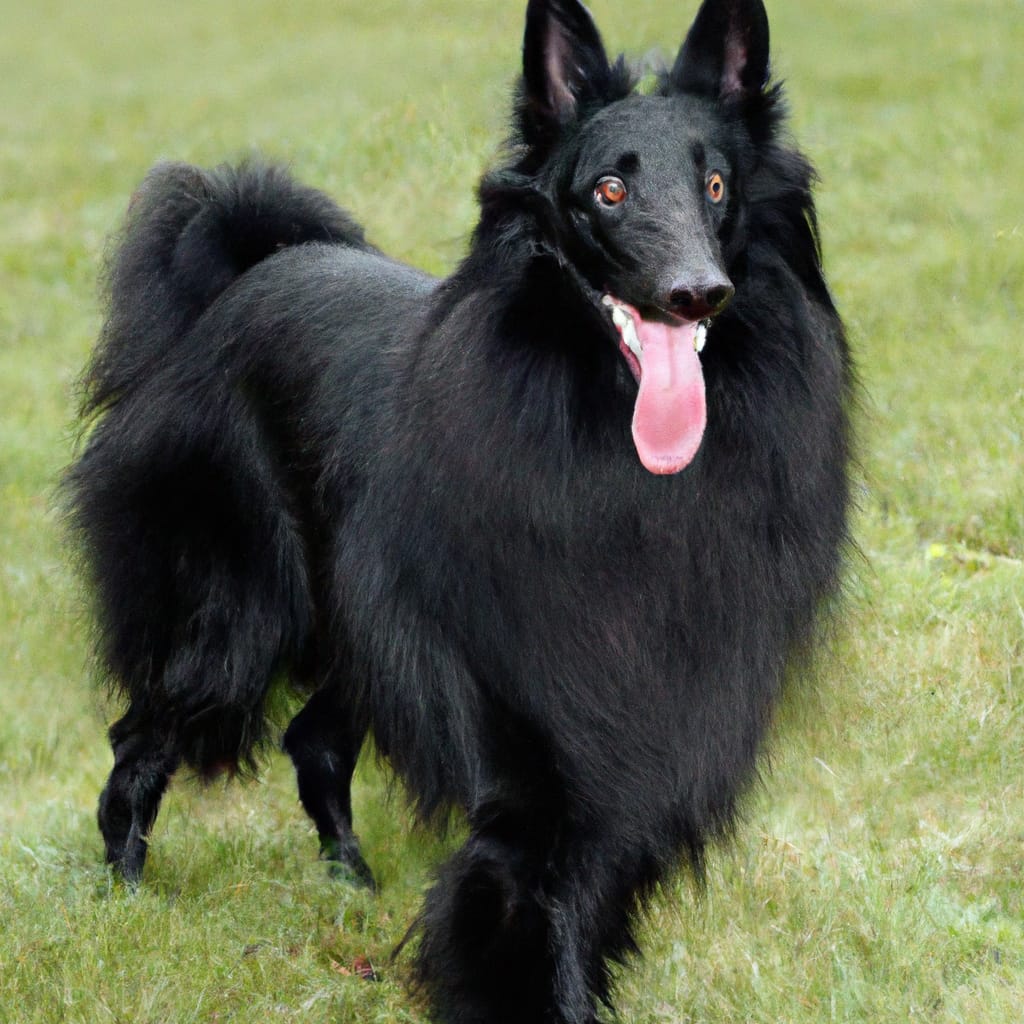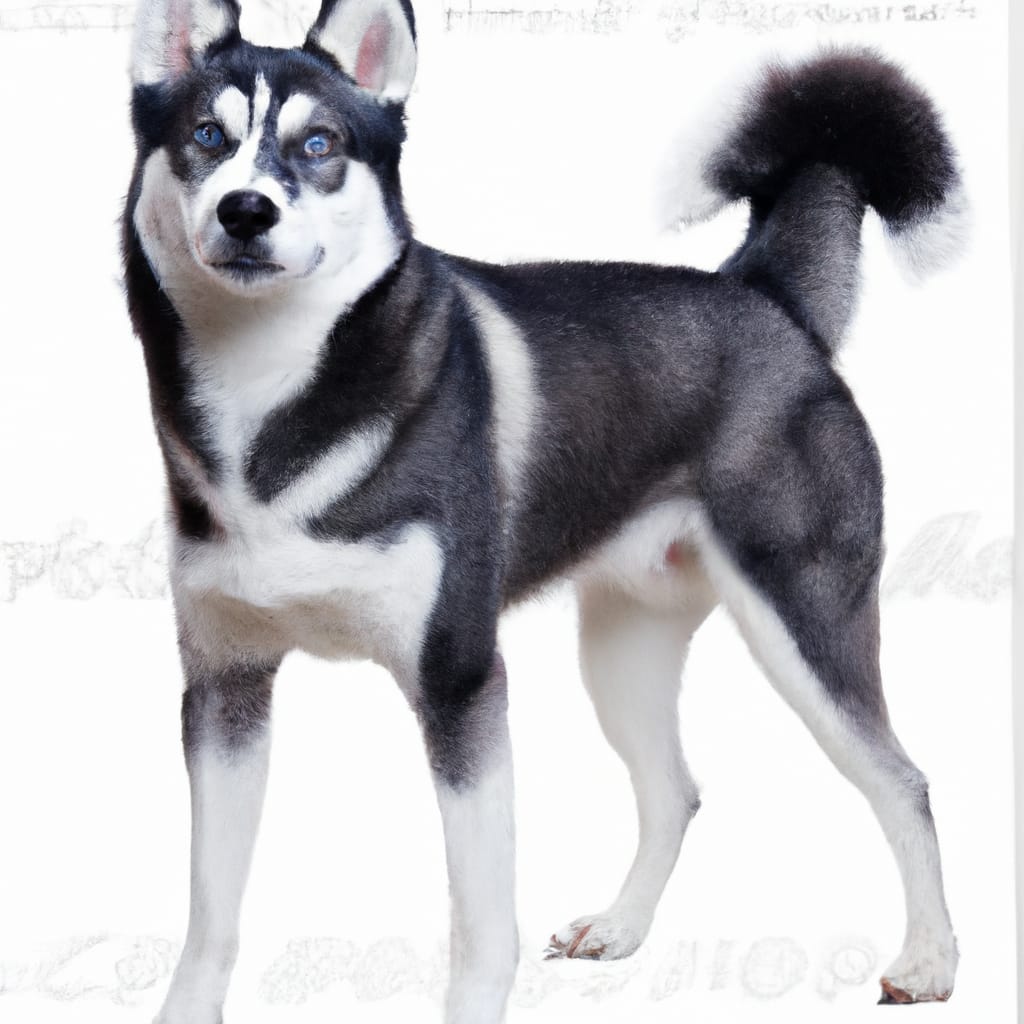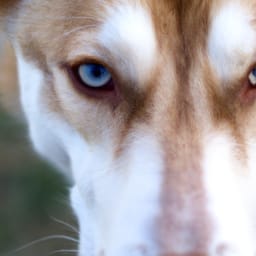Alaskan Malamute Vs Siberian Husky: What Are The Differences?
If you’ve ever found yourself gazing at a dog and wondering about its breed, you might have come across two captivating canines: the Alaskan Malamute and the Siberian Husky. While they may both appear similar, these two breeds have some striking differences that set them apart. From their physical appearance to their temperament and purpose, exploring the contrasts between these beloved Arctic dogs brings forth an enlightening journey into the world of Malamutes and Huskies. So, join us as we unravel the intriguing distinctions between these majestic breeds that are sure to leave you in awe.
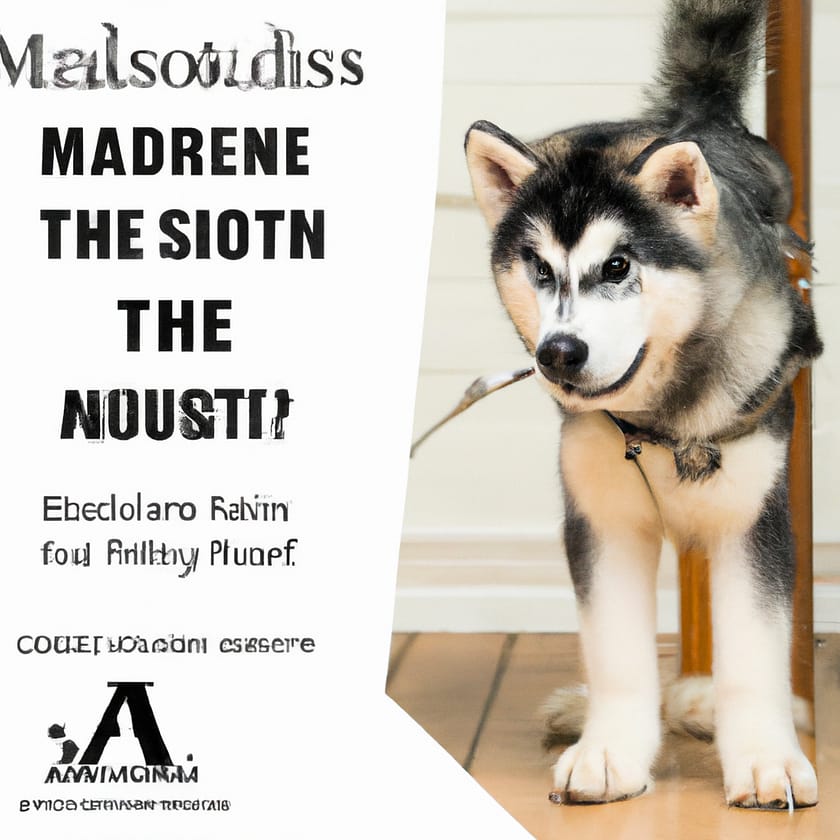
Physical Appearance
Size
The Alaskan Malamute and Siberian Husky are both beautiful and majestic breeds, but they differ in terms of size. The Alaskan Malamute is generally larger and heavier, with males weighing between 85-100 pounds and females weighing between 75-85 pounds. On the other hand, the Siberian Husky is slightly smaller and more lightweight, with males weighing between 45-60 pounds and females weighing between 35-50 pounds. If you prefer a bigger and more robust dog, the Alaskan Malamute might be the better fit for you.
Coat
Both breeds have thick and double-layered coats, which provide insulation and protection in cold weather. However, there are some slight differences in the texture and length of their coats. The Alaskan Malamute has a coarser and denser coat, while the Siberian Husky has a softer and silkier coat. The Siberian Husky’s coat is often shorter and requires less maintenance compared to the longer coat of the Alaskan Malamute. It’s important to note that both breeds shed heavily, especially during the shedding seasons, so be prepared for regular grooming and cleaning.
Color
When it comes to coat color, both the Alaskan Malamute and Siberian Husky exhibit a wide variety. These dogs can come in various colors and patterns, including black, white, gray, brown, red, and even a combination of these colors. Some Alaskan Malamutes may have a distinct “mask” on their face, while Siberian Huskies often have striking blue or multicolored eyes that add to their captivating appearance. Whichever color or pattern you prefer, both breeds offer stunning and unique coat variations.
Face
The face of an Alaskan Malamute and a Siberian Husky presents some noticeable differences. Alaskan Malamutes generally have wider and rounder faces, giving them a more substantial and mature look. In contrast, Siberian Huskies have a narrower and fox-like face shape, which adds to their mischievous and playful expression. Both breeds have alert and intelligent eyes, but the distinct facial features of each breed contribute to their individual charm.
Tail
The tail is another feature where Alaskan Malamutes and Siberian Huskies differ. Alaskan Malamutes have a plumed and heavily furred tail that curls over their back in a majestic manner. This tail serves as insulation against the cold weather and showcases their regal nature. On the other hand, Siberian Huskies have a bushy and sickle-shaped tail that may be carried low or held in a gentle curl over their back. The unique tails of both breeds are not only aesthetically pleasing but also serve functional purposes in their respective climates.
Temperament
Social Nature
Both the Alaskan Malamute and Siberian Husky are known to be friendly and sociable dogs, but there are some differences in their social nature. Alaskan Malamutes tend to be more pack-oriented and enjoy being a part of a family or a group. They thrive in a loving and inclusive environment and may experience separation anxiety if left alone for long periods. On the other hand, Siberian Huskies are independent thinkers and may display a more aloof nature at times. While they also enjoy company, they may not be as reliant on constant attention and may be more self-sufficient.
Energy Levels
When it comes to energy levels, both breeds are highly energetic and require plenty of exercise to keep them happy and healthy. However, there are slight variations in their energy levels. Alaskan Malamutes are known for their endurance and ability to pull heavy loads. They have a calmer and more laid-back demeanor compared to the Siberian Husky. Siberian Huskies, on the other hand, are known for their boundless energy and love for running. They have a more playful and high-spirited nature, making them excellent companions for active individuals or families who enjoy outdoor activities.
Trainability
Training is an important aspect of owning any dog, and both the Alaskan Malamute and Siberian Husky have their own training characteristics. Alaskan Malamutes, due to their independent nature, can be a bit more challenging to train. They have a stubborn streak and may require patient and consistent training methods. However, with the right approach and positive reinforcement, they can become well-behaved and obedient companions. Siberian Huskies are intelligent, but they can also be willful and easily bored. They respond well to positive reinforcement and consistent training techniques that keep their minds stimulated and engaged.
Guarding Instinct
When it comes to guarding instincts, there are some differences between the Alaskan Malamute and Siberian Husky. Alaskan Malamutes are known for being friendly and gentle, even towards strangers. While they may alert you to the presence of someone new, they are not typically aggressive or possessive. On the other hand, Siberian Huskies have a more independent and free-spirited nature, which can make them less inclined to guard or protect their home. They are generally friendly towards strangers and may not exhibit strong protective instincts. However, these traits can vary from dog to dog, and early socialization can help shape their behavior.
Exercise Needs
Physical Activity
Both the Alaskan Malamute and Siberian Husky require a significant amount of physical activity to keep them healthy and happy. These breeds have a long history of working and pulling heavy loads, which has bred a desire for exercise and physical exertion. Engaging in activities such as long walks, jogging, hiking, or even dog sports like agility can help fulfill their exercise needs. Alaskan Malamutes, being larger and more muscular, may require slightly more exercise compared to the Siberian Husky.
Mental Stimulation
In addition to physical exercise, mental stimulation is essential to prevent boredom and ensure the well-being of both breeds. Alaskan Malamutes and Siberian Huskies are intelligent dogs that require mental challenges to stay engaged. Puzzle toys, obedience training, and interactive games can help provide the mental stimulation they need. It’s important to note that both breeds can become destructive and exhibit unwanted behaviors if their mental needs are not met. So be prepared to provide them with activities that keep their minds busy and satisfied.
Grooming Requirements
Shedding
Both the Alaskan Malamute and Siberian Husky are heavy shedders, especially during shedding seasons. They both have thick and double-layered coats designed to protect them from harsh weather conditions. Shedding seasons typically occur twice a year, during spring and fall, when these breeds shed their undercoats to make way for new hair growth. Regular brushing and grooming during shedding seasons are necessary to manage the shedding and keep their coats healthy.
Brushing
Regular brushing is crucial for both breeds to maintain the health and appearance of their coats. Brushing not only helps remove loose hair and prevent matting but also stimulates blood circulation and spreads the natural oils throughout their coats. Alaskan Malamutes, with their coarse and dense coats, may require more frequent brushing compared to Siberian Huskies. The longer coat of the Alaskan Malamute may also be prone to matting and tangles, so extra care should be taken during grooming sessions.
Bathing
Both Alaskan Malamutes and Siberian Huskies have self-cleaning coats that are naturally resistant to dirt and odor. Bathing should be done on an as-needed basis, typically when they are visibly dirty or have a noticeable odor. Over-bathing can strip their coats of essential oils, leading to dry skin and coat. When bathing, it is essential to use a gentle and dog-specific shampoo to avoid any skin irritations. Proper drying and brushing after bath time will help keep their coats in optimal condition.

Health Concerns
Hip Dysplasia
Hip dysplasia is a common orthopedic condition that affects many large and medium-sized dog breeds, including the Alaskan Malamute and Siberian Husky. It is a hereditary condition characterized by the malformation of the hip joint, which can lead to pain, lameness, and arthritis. Responsible breeders conduct hip evaluations and screenings to help minimize the risk of hip dysplasia. Regular exercise, a balanced diet, and weight management can also contribute to joint health in both breeds.
Bloat
Bloat, also known as gastric torsion or gastric dilatation-volvulus (GDV), is a life-threatening condition that can affect deep-chested breeds like the Alaskan Malamute and Siberian Husky. It occurs when the stomach fills with gas and twists upon itself, causing a restriction in blood flow. Bloat requires immediate veterinary attention and can be prevented by feeding multiple small meals throughout the day, avoiding exercise immediately before and after meals, and ensuring a calm and stress-free eating environment.
Eye Conditions
Both the Alaskan Malamute and Siberian Husky are prone to certain eye conditions, including cataracts and progressive retinal atrophy (PRA). Cataracts are characterized by the clouding of the lens, which can lead to impaired vision or blindness. PRA is a degenerative condition that leads to gradual vision loss over time. Regular eye exams and consultations with a veterinarian can help identify and manage these conditions early on.
Cancer
Cancer can affect dogs of any breed, and both the Alaskan Malamute and Siberian Husky may be predisposed to certain types of cancer. Hemangiosarcoma, lymphoma, and osteosarcoma are among the common types of cancer seen in these breeds. Regular veterinary check-ups and early detection through screenings can increase the chances of successful treatment and a higher quality of life for affected dogs.
Obesity
Both the Alaskan Malamute and Siberian Husky have a tendency to gain weight if not properly exercised and fed. Obesity can lead to various health issues, including joint problems, heart disease, and diabetes. A balanced and nutritious diet, portion control, and regular exercise are crucial in maintaining a healthy weight for these breeds. Regular check-ups with a veterinarian can help monitor their weight and body condition.
Living Conditions
Climate
Both the Alaskan Malamute and Siberian Husky have thick and insulating coats that make them well-suited for cold climates. They are capable of withstanding below-freezing temperatures and even enjoy snowy environments. However, it’s important to ensure they have access to adequate shelter and water during extreme weather conditions. These breeds may struggle in hot and humid climates, as their thick coats can make them more susceptible to heat exhaustion. If you live in a warmer climate, it’s essential to provide them with shade, plenty of fresh water, and limit their exercise during the hottest parts of the day.
Indoor vs Outdoor
Both breeds can adapt to both indoor and outdoor living conditions, but they thrive when they have ample time and space for outdoor activities. The Alaskan Malamute, being a larger breed, may require more outdoor space compared to the Siberian Husky. However, it’s important to note that both breeds are highly social and thrive on human companionship. They should not be left outdoors for extended periods without human interaction. Both breeds also tend to be prone to separation anxiety, so ensuring they have plenty of mental stimulation and quality time with their owners is essential.
Space Requirements
Both breeds require sufficient space to roam and burn off energy. A securely fenced yard is highly recommended, as they have a natural instinct to explore and may be prone to wandering if left unattended. The Alaskan Malamute, being a larger breed, may require a larger yard or more room indoors to fully stretch out and move comfortably. If you live in an apartment or have limited space, providing them with regular exercise and mental stimulation through walks, runs, and interactive play is crucial.
Compatibility with Families
Suitability for Children
Alaskan Malamutes and Siberian Huskies can be great companions for families with children, but there are some factors to consider. Both breeds are generally friendly and affectionate towards children, but their size and energy levels may need careful supervision around younger children. They have a playful nature and may unintentionally knock over or be too rough with small children. Early socialization and training can help teach them appropriate behavior around children and ensure a harmonious relationship. As with any breed, interactions between dogs and children should always be supervised.
Interaction with Other Pets
Both the Alaskan Malamute and Siberian Husky have a generally friendly and sociable nature, making them suitable companions for other pets. However, their strong prey drive, especially towards smaller animals, should be considered. Proper socialization and introductions are crucial when bringing a new pet into the household. While individual personalities can vary, with proper training and supervision, these breeds can coexist with other pets, including cats and other dogs.
Working Abilities
Sled Pulling
Both the Alaskan Malamute and Siberian Husky have a rich history of sled pulling and are known for their exceptional strength and endurance. Alaskan Malamutes were bred to pull heavy loads over long distances, making them excellent working dogs. Siberian Huskies, while not as large as the Alaskan Malamute, possess incredible drive and stamina, which allows them to excel in sled pulling as well. If you have an interest in dog sledding or similar activities, both breeds have the potential to excel in these working roles.
Search and Rescue
The intelligence, agility, and scenting abilities of both breeds make them well-suited for search and rescue work. They have been utilized in search and rescue missions, tracking lost individuals or providing vital assistance in difficult terrain. Their endurance, cold tolerance, and trainability contribute to their effectiveness in search and rescue operations. If you have a passion for helping others and want to engage in search and rescue work, both breeds can be trained for these important roles.
Therapy Dogs
The friendly and gentle nature of both the Alaskan Malamute and Siberian Husky also lends itself well to therapy work. Therapy dogs provide comfort, companionship, and emotional support to various individuals, including those in hospitals, nursing homes, or special needs facilities. Their calm demeanor, combined with their striking physical appearance, can bring joy to people in need. Training, certification, and temperament assessment are important steps to ensure that these breeds are well-suited for therapy work.
Common Misconceptions
Aggression
One common misconception about both the Alaskan Malamute and Siberian Husky is that they are aggressive dogs. While certain individuals within any breed may exhibit aggression due to improper upbringing or mistreatment, both breeds are generally friendly and gentle. Proper socialization, training, and responsible ownership play significant roles in shaping their behavior. It’s important to remember that aggression is not a breed-specific trait, and negative stereotypes should not be applied to these breeds as a whole.
Wolf-Like Appearance
Another misconception often associated with both breeds is their resemblance to wolves. While both the Alaskan Malamute and Siberian Husky may have physical attributes that resemble wolves, such as their coat color and facial structure, they are distinct and separate breeds. Domesticated for centuries, these breeds have been selectively bred for specific traits and temperaments, diverging from their wild wolf ancestors. It’s essential to recognize and appreciate the unique qualities of both breeds without perpetuating inaccurate myths.
Popularity and Availability
Breed Popularity
Both the Alaskan Malamute and Siberian Husky are popular breeds, known for their striking looks and appealing personalities. They are often sought after by dog lovers worldwide. However, it’s important to remember that popularity does not always equate to suitability for all individuals or families. Careful research, understanding of their needs, and compatibility with one’s lifestyle should be considered before deciding to bring either breed into your home.
Breeder Accessibility
Due to the popularity of both the Alaskan Malamute and Siberian Husky, it is relatively easy to find breeders specializing in these breeds. However, it is crucial to be cautious when selecting a breeder and ensure they adhere to responsible breeding practices. Responsible breeders prioritize the health and well-being of their dogs, perform health tests, and provide proper socialization for their puppies. Reputable breeders are also willing to answer questions, provide references, and offer ongoing support and guidance throughout the lifetime of the dog.
In conclusion, the Alaskan Malamute and Siberian Husky are both remarkable breeds with distinct characteristics that set them apart. Understanding their physical appearance, temperament, exercise needs, grooming requirements, health concerns, living conditions, compatibility with families, working abilities, common misconceptions, popularity, and breeder accessibility can help you make an informed decision about which breed is the right fit for you. Whether you choose the majestic and larger Alaskan Malamute or the energetic and playful Siberian Husky, both breeds have the potential to bring joy, loyalty, and companionship to your life.


